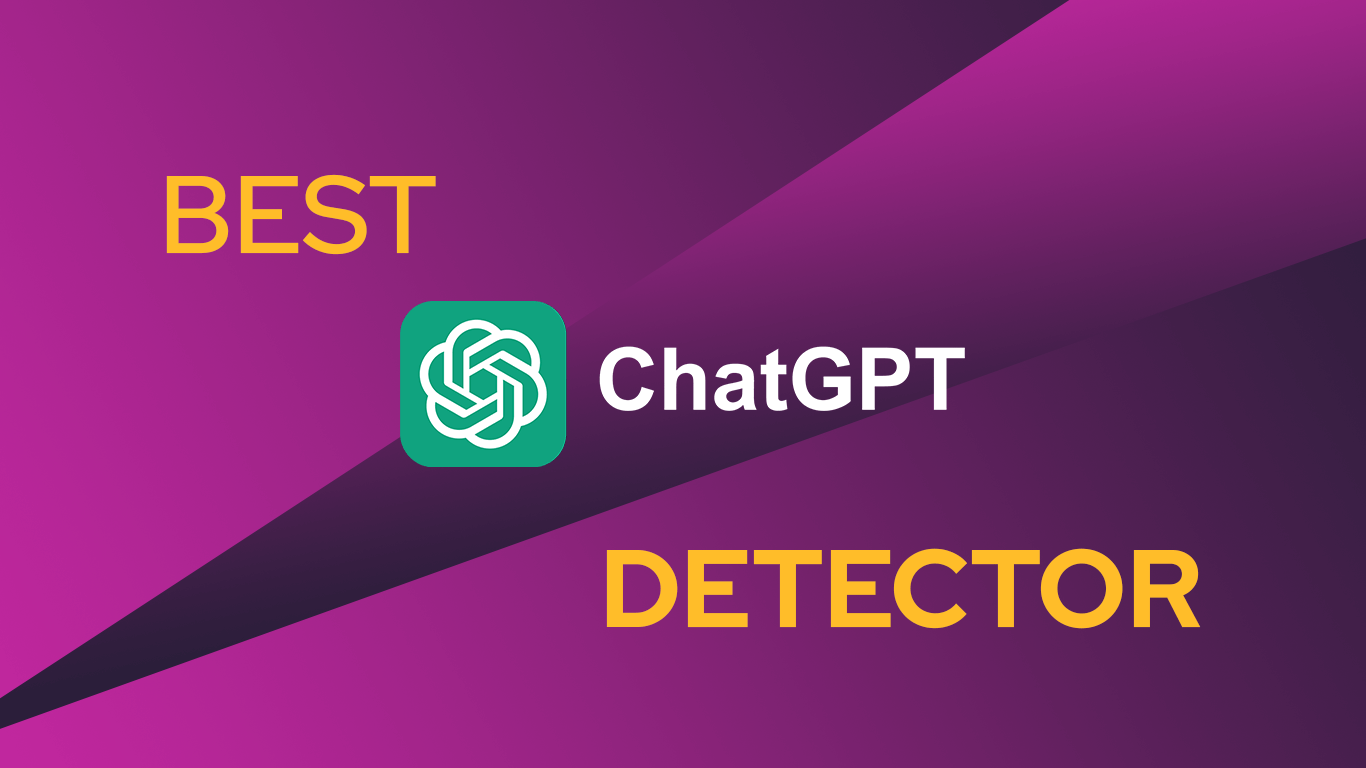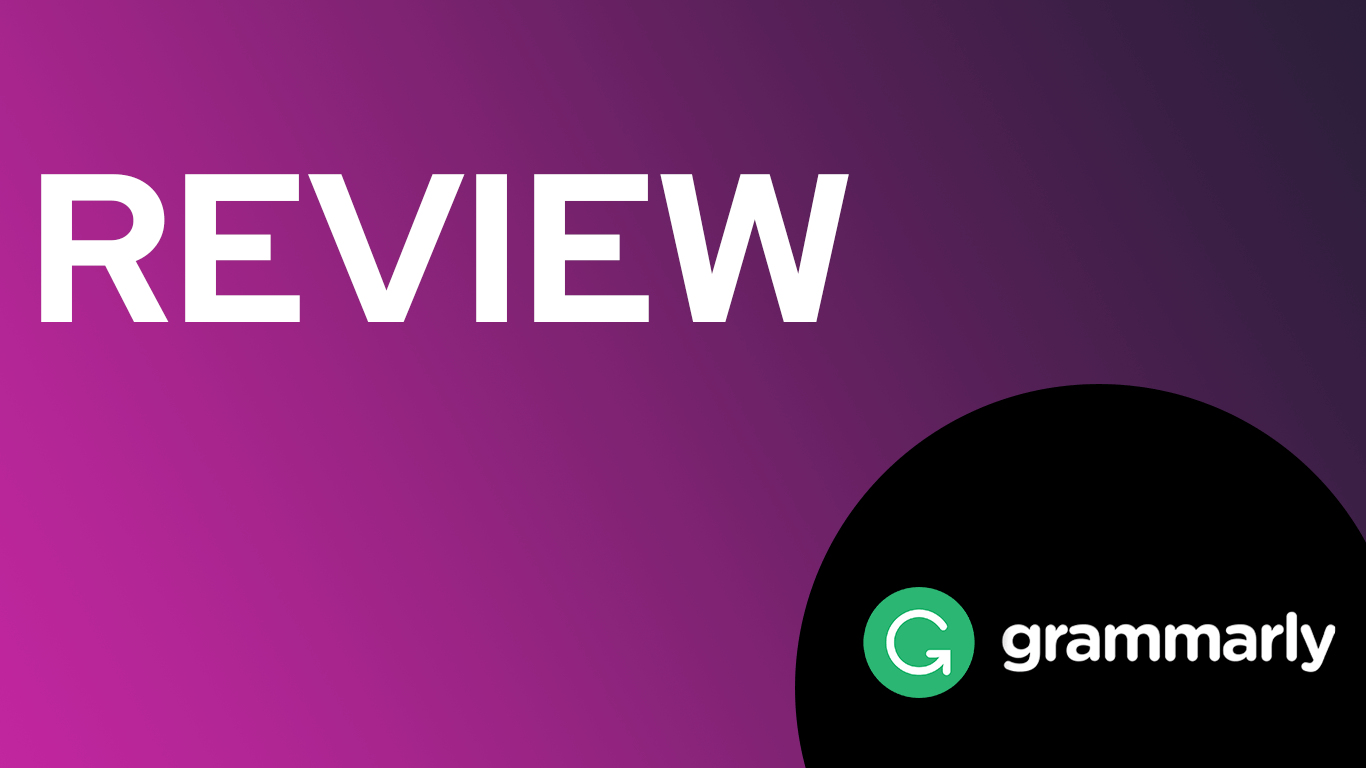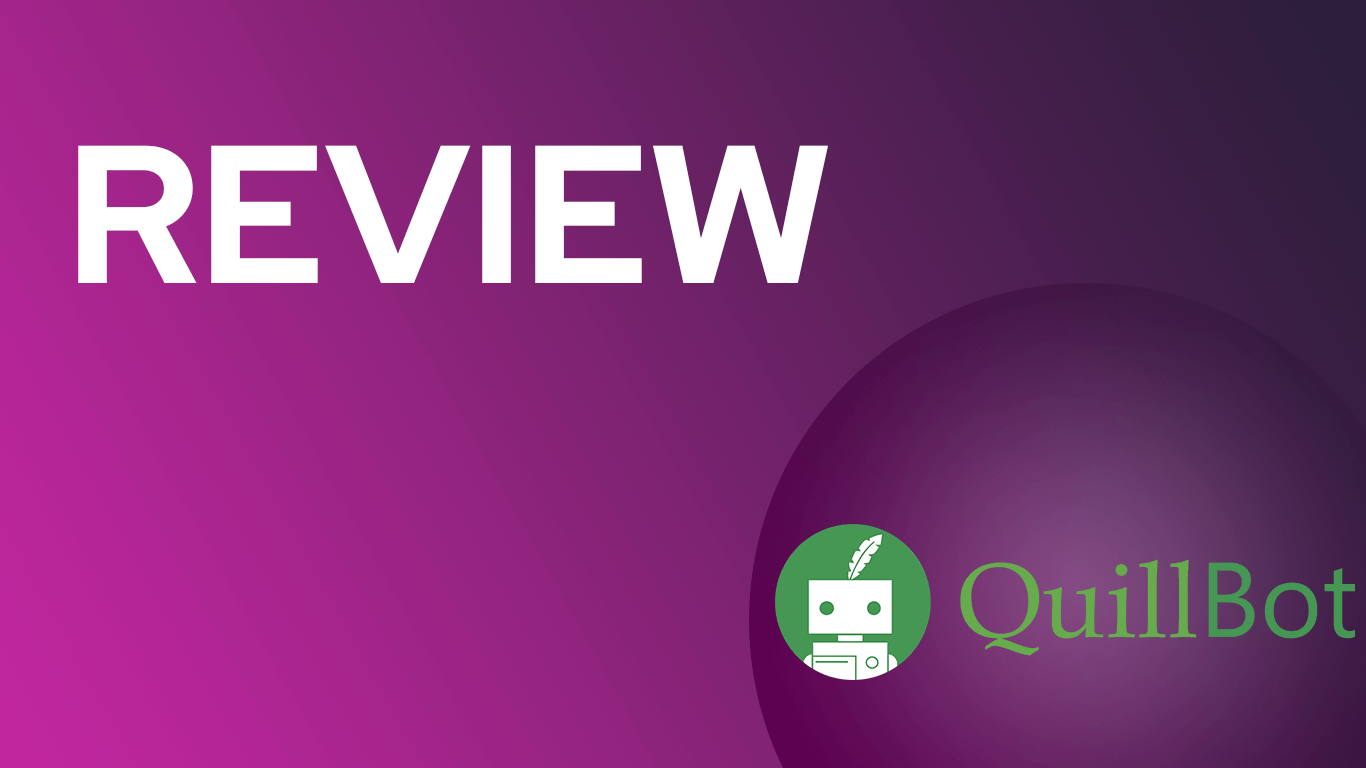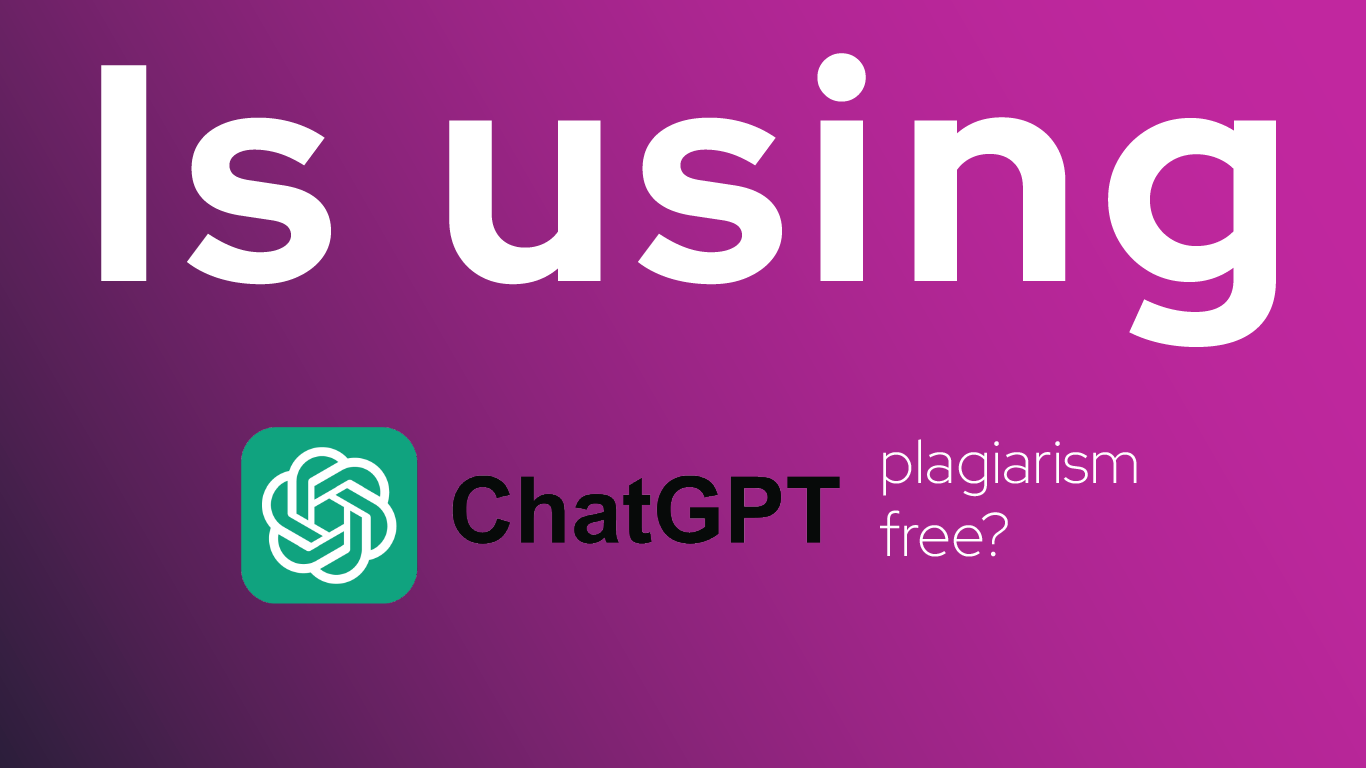The growing use of AI for content generation, such as through tools like ChatGPT, has brought new challenges in identifying whether text is human-written or AI-generated. With AI now capable of producing highly realistic text, the need for reliable AI detection tools is greater than ever, especially in fields like education, publishing, and content creation. However, even though there are many AI detection tools available, their accuracy and reliability are often questionable, as user experiences indicate frequent inconsistencies and a high incidence of false positives. This article explores the current state of AI detection tools, their limitations, and the role of Netus AI, an innovative tool designed not only to bypass detection but also to humanize and refine AI-generated text.
Inconsistent Chat GPT AI Detection Scores
AI detectors frequently deliver inconsistent outcomes, even when evaluating the same piece of content. This variability challenges the trustworthiness of these tools as definitive verifiers of content origin. For example, a user might receive vastly different scores for the same text depending on the AI detector used. In one test, a document assessed by three AI detectors yielded AI probability scores of 0%, 30%, and 75%, respectively. These disparities reflect underlying issues with the detection algorithms, which currently lack standardization across platforms. Each AI detector uses its unique criteria and statistical approaches, leading to contradictory outcomes that underscore the need for more reliable and standardized detection methods.
Chat GPT Detectors False Positives
One persistent issue with AI detectors is their tendency to inaccurately flag human-written content as AI-generated, often referred to as false positives. This issue can create serious repercussions, particularly in academic and professional settings where a false AI detection could lead to accusations of plagiarism or cheating. For example, several users tested texts from historical and literary works on Originality.AI, only to find that even these well-established human works were flagged as AI-generated. Excerpts from Heinrich Böll’s 1946 novel and even religious texts like the Bible were reported as AI-generated. These errors illustrate that current detection methods often struggle with nuanced language or stylistic features that may resemble AI-generated text but are authentically human-written.
Best Chat GPT Detectors – Main Performance Differences
The variability in AI detection results also stems from significant disparities between individual tools. Popular AI detectors like GPTZero, ZeroGPT, and Copyleaks, while widely used, often produce opposing results. For instance, one user submitted an academic essay to both GPTZero and ZeroGPT, only to have GPTZero flag it as 100% AI-generated while ZeroGPT indicated a 0% AI likelihood. Such contradictory findings point to the limitations of relying on any single AI detector as a definitive source of verification. These tools, developed independently and using different algorithms, highlight the nascent state of AI detection technology, which is yet to establish consistent and reliable standards.
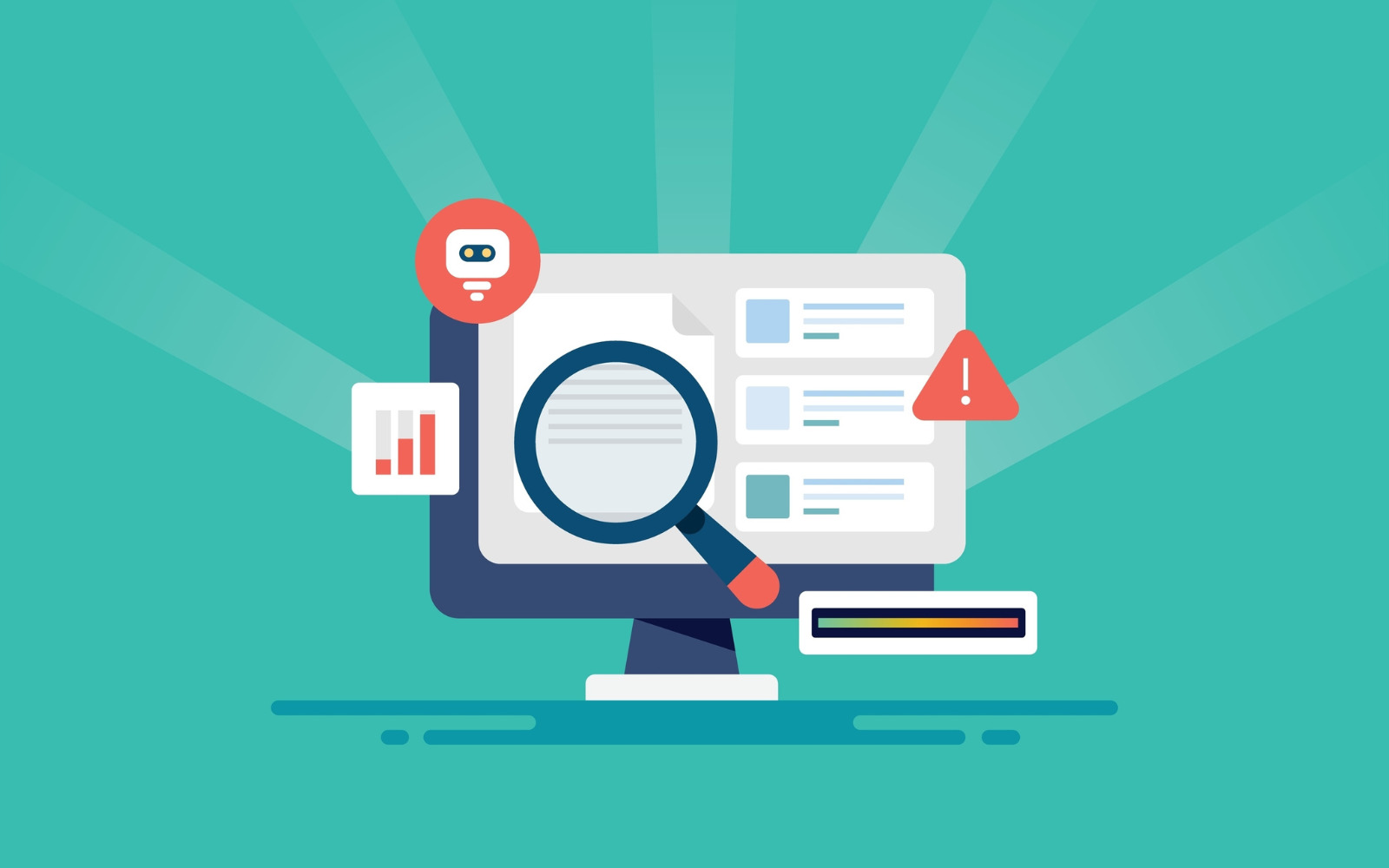
Leading Chat GPT AI Detection Tools
Originality.AI
Originality.AI is a paid AI detection tool that also doubles as a plagiarism checker, making it popular among content creators and educators. While it boasts high accuracy, user feedback suggests that it frequently delivers false positives, particularly for recent human-written content. For instance, one user tested 20 articles, all written by humans, and found that Originality.AI incorrectly flagged 10 of these as AI-generated. While the tool is marketed as a comprehensive solution for detecting AI-generated and plagiarized content, its high rate of false positives limits its applicability in high-stakes situations, such as academic evaluations or employment screenings.
GPTZero
GPTZero, known for its use in educational institutions, is another widely used AI detector. It offers statistical analysis to differentiate between human and AI-generated text, using metrics such as “burstiness” (variance in sentence structure) and “perplexity” (complexity in language patterns). However, despite its popularity, many users report frequent false positives, even when scanning academic papers or creative works authored by well-known writers. While it remains a trusted tool for many users, GPTZero’s inconsistency and occasional misjudgments indicate that it should be used alongside other verification methods.
Copyleaks
Initially popular as a plagiarism checker, Copyleaks has extended its services to include AI content detection. This tool compares text against an extensive database to detect similarities and, theoretically, identify AI generation. However, like its counterparts, Copyleaks also tends to flag human-written content incorrectly as AI-generated, especially when analyzing professional writing or dense academic texts. In testing, Copyleaks flagged about half of the human-written content samples as AI, raising questions about its reliability for professional and educational assessments. This inaccuracy, particularly in high-stakes contexts, makes it advisable for users to approach Copyleaks’ results with caution.
ZeroGPT
ZeroGPT, while also popular, has similar limitations. Users report frequent contradictions when comparing ZeroGPT’s results with other tools. For example, a passage marked as 100% AI by ZeroGPT may be flagged as entirely human by other detectors and vice versa. These inconsistencies are likely due to differences in the training data and detection algorithms used by each tool. Despite these issues, ZeroGPT remains widely used, though its results often require cross-verification with other tools to ensure accuracy.
Statistical Analysis Limitations
AI detectors primarily rely on statistical methods, such as burstiness and perplexity, to distinguish between AI and human writing. However, as AI models become more advanced, they can generate content that closely resembles human-authored text, making it increasingly difficult for detectors to differentiate the two. Modern AI models, trained on vast amounts of human text, are now capable of producing language that mimics human styles and variations in syntax, further complicating the detection process. This reliance on statistical analysis limits the accuracy of AI detection tools, as these statistical patterns can be difficult to parse consistently.

User Trust and Skepticism
The lack of consistent accuracy has led many users to question the reliability of AI detection tools. While some detectors claim near-perfect accuracy, user experiences frequently highlight discrepancies and errors, leading to skepticism about these tools’ effectiveness. As a result, users often view AI detectors as supplementary tools rather than authoritative sources for verifying content origin. Many users believe that current AI detection technology has yet to mature enough to be fully dependable, and they are cautious when interpreting the results, particularly in contexts where the stakes are high.
An Alternative Approach: Netus AI and Its Detection Bypass
In light of these limitations, some users are turning to alternative tools that can adjust AI-generated content to reduce the likelihood of detection. One notable example is Netus AI, a tool that specializes in bypassing AI detection, as well as paraphrasing and humanizing AI-generated content to make it more natural and authentic.
Paraphrasing to Avoid Detection
Netus AI’s paraphrasing tool is designed to rephrase AI-generated text without changing its core meaning, allowing users to create content that can bypass AI detectors more effectively. This feature is particularly useful for users in industries or academic fields where AI-generated content might face scrutiny or restrictions. For instance, freelancers or students who use AI tools to generate initial drafts can use Netus AI’s paraphrasing feature to refine the text, enhancing its originality and minimizing the risk of detection.
Humanizing AI Content
In addition to paraphrasing, Netus AI offers a humanizing feature, which adjusts AI-generated text to more closely resemble human writing. This involves tweaking sentence structures, varying vocabulary, and incorporating stylistic elements typical of human authorship. By making these adjustments, Netus AI helps users produce text that is less likely to trigger AI detectors, making it a valuable tool for those who rely on AI for content creation but need it to pass as human-written.
Application Scenarios for Netus AI
Netus AI has proven beneficial for users across various fields. For educators and students, it allows for creating content that meets originality requirements while using AI as a drafting Bypass GPT Tool. Content creators, such as bloggers or marketers, also benefit by generating high-quality, detection-resistant content. As AI detectors improve, the demand for tools like Netus AI that help humanize and refine AI content will likely continue to grow, providing users with an essential solution to the challenges posed by AI detection technology.
Related Posts
Through digital leadership we empower people to leverage the opportunities in global economy

